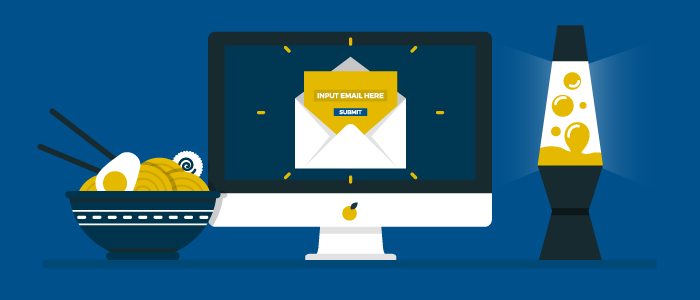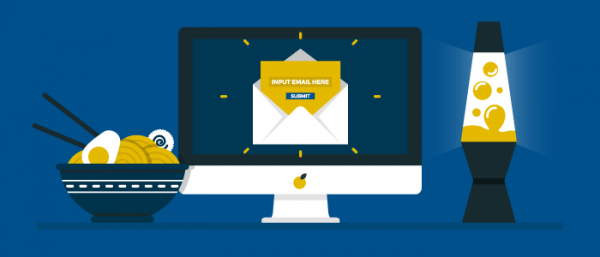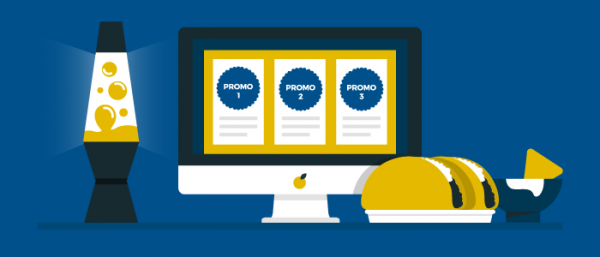
How to begin email appending with print subscribers and turn 20 cents into 50 bucks

Do you realize that a large percentage of your most loyal customers may only hear from you once a month, when you send them your magazine?
It seems like when you have customers who are paying to hear from you every month, they might be pretty easy to sell to again. If you just had a better way of reaching them … an email address perhaps.
What, you mean you have more than one product to sell?

Oh that’s right, you’re a publisher.
As much as every publishing business hangs on its circulation numbers, most also have ancillary products too. Books, libraries, videos, events … you know the drill. They’re sold through email newsletters, e-commerce, and sometimes a good old-fashioned phone call or direct mail effort.
[text_ad]
A common problem we encounter in the beginning with many of our Gold Members is a disconnect between their email lists and their magazine subscriber lists. In recent years we wouldn’t even think of collecting a magazine subscription without asking for an email address, but unfortunately anyone before that period may be a lost soul in our subscriber file with an empty email address field.
Here are a few good reasons why you should want to connect those dots and gather email addresses for all of your subscribers through email appending:
- They’re already giving you money.
- They already know who you are and trust you.
- They’re more likely to buy additional products from you.
And what will you do once they’re on your email list?
- Send them promotions for related books and other products.
- Contact them when their subscription lapses.
- Offer them exclusive content just for subscribers that adds value to their subscription.
Turning print subscribers into email subscribers with email appending

Want to find out the email addresses of all your print subscribers? Piece of cake. There are companies that’ll do it for you (more on that later).
Postal/list appends are likely the most valuable source for obtaining email subscribers in special-interest publishing. They’ll usually work if the email list is generated from a very passionate and committed buyer file, like gardeners for example.
For one of our B2C clients, 23% of the total email file is from postal appends, generating 37% of the total revenue. This source is bringing in more money per subscriber than any other.
In order to grow the file, publishers should be willing to put a disproportionate amount of money toward postal appends. An investment of 20-30 cents per name for people who will spend $20 is a no-brainer that will result in margins through the roof.
Unfortunately, many publishers are ignoring this source, or are being too conservative with it.
I would recommend being more proactive with people who recently bought from you, too. Get their email address onto your subscriber list, because they’re going to spend the most money with you. Email them soon after the initial purchase before they lose interest.
How to approach “new” email subscribers once they’re appended

Consider the economic considerations for using your email file for promotions only versus using your email file to also send content rich newsletters.
Let’s assume you have a large print subscriber list, which you use to create an email subscriber file that’ll generate revenue. To create the file, you might use a data enhancement service such as Melissa DATA, InfoGroup or FreshAddress to append email addresses to the postal address database of your print subscribers.
What they’ll do is take your print subscriber lists and work some magic to fill in whatever holes you’re missing in their subscriber profiles – namely their email address.
Once you have it, what will you do with your new email subscriber file? Will you simply send out three promos per week for your own products? Or will you treat email as a way to publish your editorial content?
In testing we did over multiple years, the average term of an email newsletter subscriber was 2.7 years when the ratio of valuable free content and promotional messages is 50/50, versus an average lifetime of 1.6 years for email names who were sent only promotional messages.
These results have been proven with long, expensive, time-consuming tests.
By doubling the contact frequency – provided that half the emails include valuable editorial content – the recipient will choose to remain active for almost twice as long before opting out.
Now consider the possibilities: In this hypothetical example for the fictitious American Woman magazine, you could send out three promos per week, for an average email name lifetime of 83 weeks, for a total of 249 email promotions mailed, with an average return of $75 per thousand names.
Alternatively, you could mail the average email subscriber three promos per week, for an average lifetime of 140 weeks, still averaging a return of $75 per thousand names.
Of course, in order to achieve that additional 57 weeks of contact, you need to commit to sending an additional three email newsletters each week, and generating another $50 per thousand names with the newsletters.
The economics are simple.
- In scenario #1, if you choose to send promos only, in our example above, you’ll generate an average of $18.63 per email name over the 83-week average lifetime of a new email name and you’re done.
- In scenario #2, if you send both three email newsletters and three promos, in our example above, each new name on the file will be worth an average of $52.50 over their average 140-week lifetime.
Getting to the point …
We think you should be willing to spend 20-30 cents per head because history tells us it’s a long-term, profitable strategy.
For every new 10,000 names, scenario #1 generates $186,750 in lifetime revenue. Scenario #2 generates $525,000. The difference is $338,250. That’s a tidy sum that can buy a great deal of copywriting and editing expertise for your email campaigns, with money left over to turn a profit.



One of the main practices of email appending is making sure that the append provider provides a source for the email address.